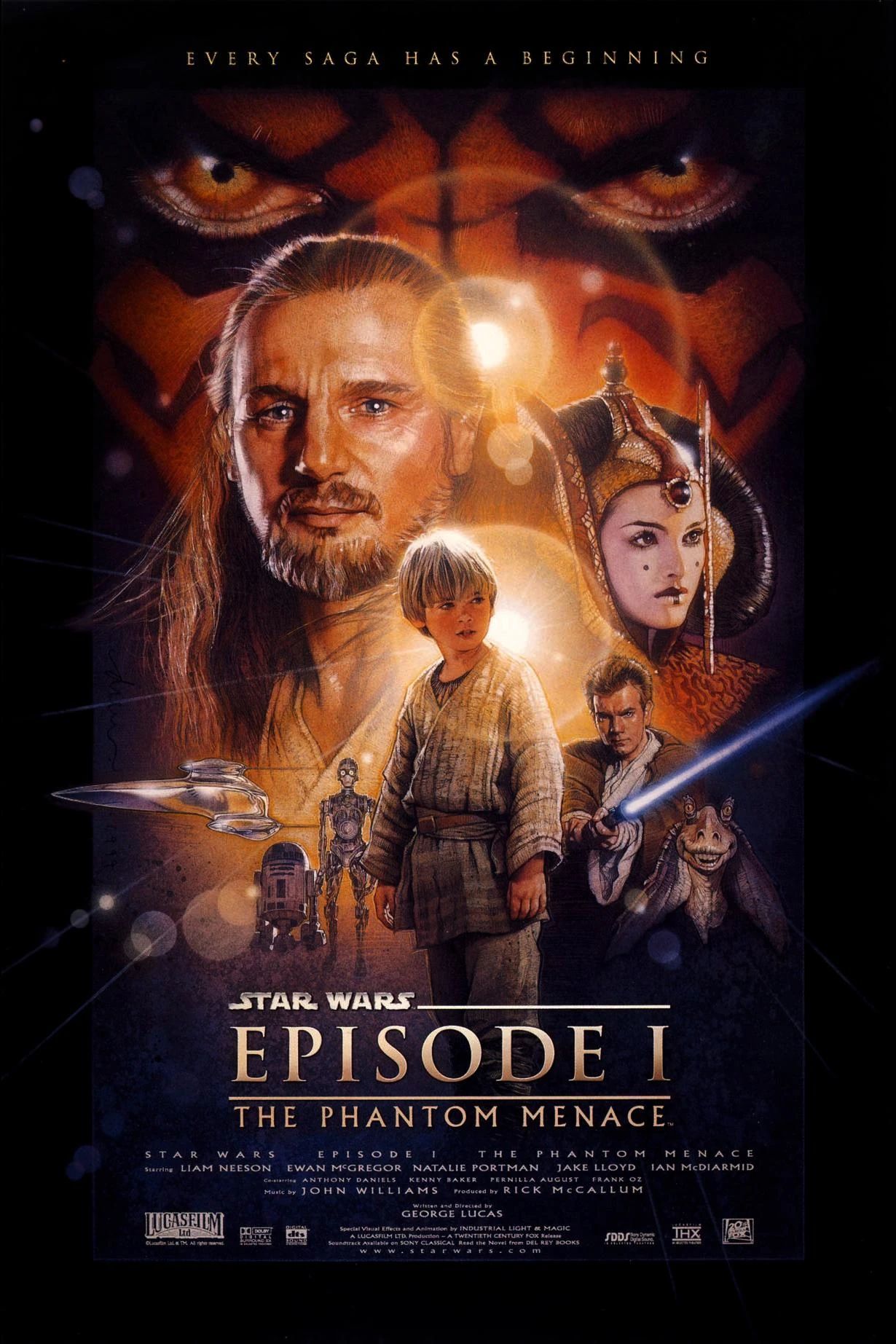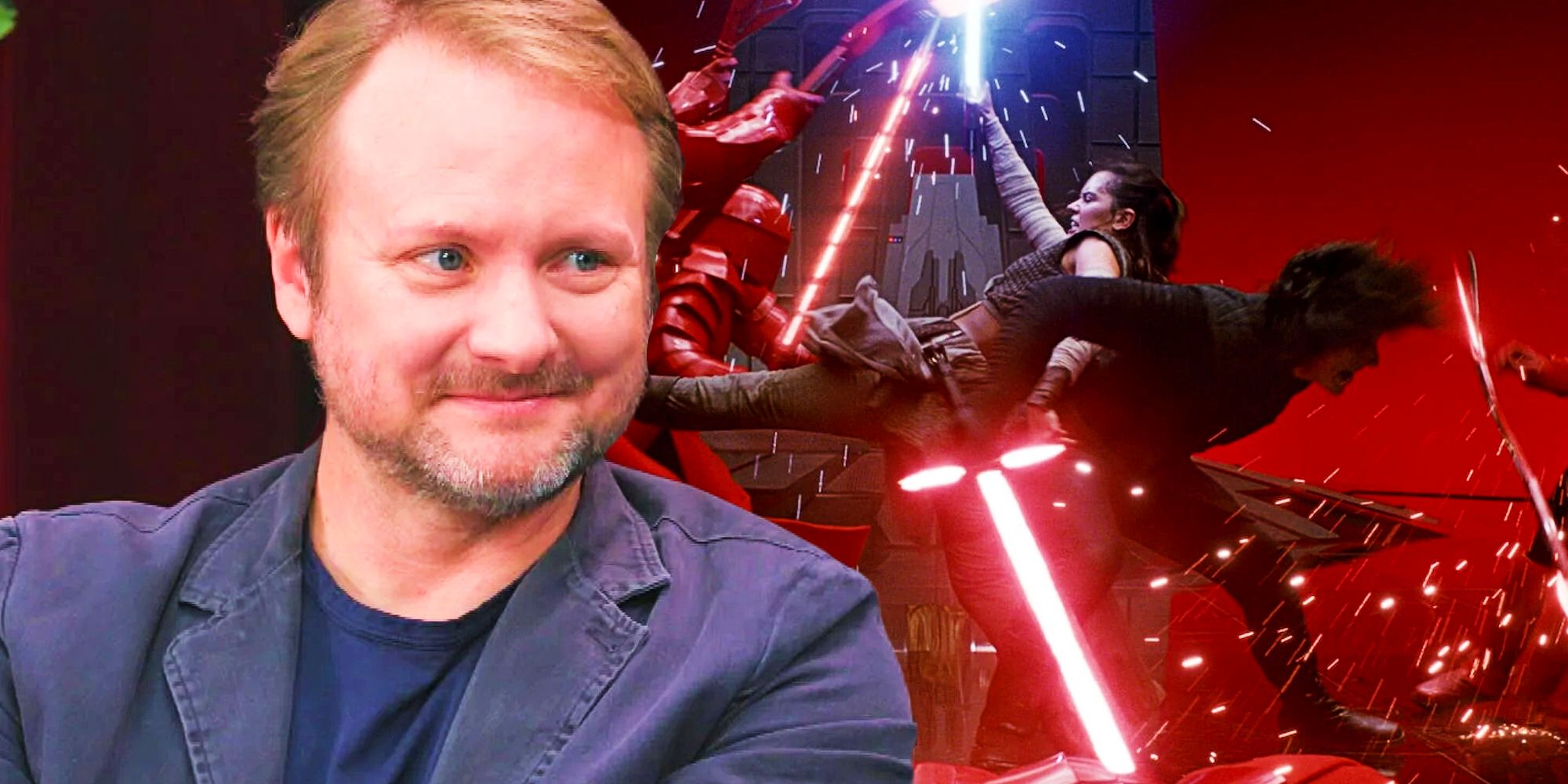Star Wars In 1999 vs. 2024: How The Franchise Has Changed Since The Phantom Menace Released
Summary
- The Phantom Menace marked a new era for Star Wars, introducing fresh storylines and appealing to a younger audience.
- Despite initial criticism, the film set the stage for character-driven storytelling and numerous new projects within the Star Wars universe.
- The divisive fan reception, from bullying actors to online hate, mirrors ongoing challenges in the franchise’s evolution.
Star Wars Episode I: The Phantom Menace is celebrating its 25th anniversary this year, but since its premiere the landscape of Star Wars has drastically changed. The years between 1983 and 1999 are known by fans as “the Dark Times,” the age when Star Wars was completely absent from the big screen. The release of The Phantom Menace heralded a new age for the franchise, changing everything.
The Phantom Menace introduced a new part of the Star Wars timeline, one viewers long believed they would never see. It was groundbreaking, stepping away from the Rebellion and the Galactic Civil War, and blending iconic settings with new environments. The Phantom Menace was Star Wars’ big comeback, and it’s fascinating to look at how the fandom has evolved since its release.
Star Wars: Episode I – The Phantom Menace Cast & Characters Guide
Star Wars: Episode I – The Phantom Menace introduced Star Wars to a new generation with characters old and new. Who was in the cast of the movie?
The Phantom Menace Transformed Star Wars Into A Generational Saga
Each Generation Has Their Own Series of Star Wars Films
The Phantom Menace transformed Star Wars into a true generational saga. This is because George Lucas continued to make his movies for children, understanding these younger viewers were his target audience. Ironically, this is one major reason the Star Wars prequel trilogy initially proved so controversial; while the origin trilogy was made for the children of the 1970s and 1980s, the prequels were made for children growing up in the 1990s and early 2000s. They were more than mere nostalgia-bait.
This explains why the hate for the Star Wars prequels has stopped. Lucas’ target audience has come of age, and these viewers have made their opinions known. Disney has since followed the same kind of format with the sequels, although the House of Mouse did play the nostalgia card more than Lucas. Still, the general tradition remains; Star Wars is continually reinventing itself for the next generation, unlike many other franchises. Star Wars does not have to rely on the fans of the original trilogy to keep going; instead, the fandom is always expanding.
The Phantom Menace Reinforced The Primacy Of Movies
The Interest in Star Wars Films Has Remained
The Dark Times had not been completely without new content, of course; in fact, Star Wars went through a resurgence after 1991, with Timothy Zahn’s “Thrawn trilogy” and the Dark Empire comics effectively relaunching the Expanded Universe. Still, The Phantom Menace drew interest on a different scale, with theaters jam-packed with die-hard and casual fans alike. Future tie-ins would build on the prequels, but Star Wars novels and comics were expected to orient themselves around the latest movies and characters. This trend has continued since the release of The Phantom Menace, with other mediums always secondary.
Even though TV shows based in the Star Wars galaxy like The Mandalorian, Ahsoka, and Star Wars: The Bad Batch are massively popular, there’s still a lot of interest in Star Wars at the box office. With it being five years since a Star Wars film was released, the calls for new films are growing. Though there have been four new Star Wars films announced, it’s still not entirely clear when viewers can get back to the theaters to see a brand new Star Wars film – and when the franchise will return to its rightful place on the big screen.
The Star Wars Fandom Proved Bitterly (& Often Unreasonably) Divisive
This Problematic Pattern Has Unfortunately Continued
The Phantom Menace initially received harsh criticism, with claims that George Lucas had ruined the franchise. There was extreme bullying of actors in the movies; Jake Lloyd, who played the young Anakin Skywalker, left acting (although it must be noted his mother insists Star Wars was not responsible for his mental health problems). Other actors – such as Ahmed Best (who played Jar Jar Binks) and even Hayden Christensen largely stayed out of the limelight. Both actors would find redemption in Star Wars, although it’s a shame it took nearly 20 years to happen.
This trend has unfortunately persisted. After the release of the Star Wars sequel trilogy, there was much online hate for the three films and the actors who helped bring them to life. There was a particular outcry over the depiction of Luke Skywalker in Star Wars: The Last Jedi and many felt that director Rian Johnson “ruined” the character. Though the hate towards the sequels has lessened, it hasn’t really gone away yet. However, Lucasfilm will be bringing back Daisy Ridley to play Rey in Star Wars: New Jedi Order.
The Phantom Menace Set The Pattern For Star Wars’ Future
It Paved The Way A Myriad of New Stories
The Phantom Menace isn’t a perfect film, but it set up so many storylines that are still being told today. Without The Phantom Menace, Star Wars viewers would have never gotten shows like Star Wars: The Clone Wars, Star Wars Rebels, or even The Mandalorian, as all of these stories somehow connect back to the prequel era and the stories that were told. The Phantom Menace was truly character-driven, and that set the stage for much of the Star Wars content premiering now in 2024.
Recent releases like The Bad Batch or Ahsoka all focus on only a few characters, and their relationships are the reason the shows are compelling. While there was a lot of that in the original trilogy, there was also a lot of world-building that George Lucas had to accomplish, but that isn’t as true in recent titles. Instead, the only thing audiences need to learn is about the new characters. The world has already been established, and the stories can focus on the characters and their relationships; however, this started with The Phantom Menace.
The Phantom Menace kicked off a whole new era of Star Wars and since its release in 1999, there has been a new Star Wars project of some kind almost every year. Between animated and live-action shows, as well as new films, the 21st century has been filled with Star Wars. Without this constant interest in a galaxy far, far away, it’s likely amazing projects like The Mandalorian, The Bad Batch, or the sequel trilogy wouldn’t have ever been made, and that’s all because The Phantom Menace got audiences back to theaters and establish this new era of Star Wars.

Star Wars: Episode I – The Phantom Menace
The beginning of the Skywalker Saga, Star Wars: Episode I – The Phantom Menace sees young Anakin Skywalker put on his path to discovering his ability to influence the Force. While attempting to thwart the nefarious Trade Federation in their plans for the planet of Naboo, two Jedi discover an exceptionally-gifted slave with the ability to wield the Force. Little do they know, rescuing him is just the beginning of a saga that will span generations of the Skywalker family.
- Release Date
- May 19, 1999
- Cast
- Ewan McGregor , Liam Neeson , Natalie Portman , Jake Lloyd , Ahmed Best , Ian McDiarmid , Anthony Daniels , Kenny Baker , Pernilla August , Frank Oz , Ray Park , Samuel L. Jackson
- Runtime
- 133 minutes







